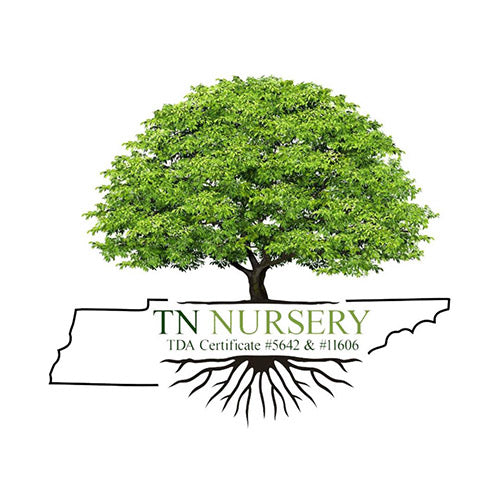


The Maximilian Sunflower (Helianthus maximiliani) is a native North American wildflower belonging to the family Asteraceae. This striking plant is named after the avid botanist and 19th-century Austrian Archduke Ferdinand Maximilian. It is commonly found throughout the central and western regions of the United States, particularly in the Great Plains and the Midwest.
Maximilian Sunflower Reaches Up To 10 Feet Tall
They are known for their tall, robust stalks reaching heights up to 10 feet (3 meters) or more. The plant features distinctive lance-shaped leaves that are alternately arranged along the stem, and the leaves can vary in size but are typically 3 to 8 inches long. One of the most striking features of this species is its bright yellow flowers, which usually have numerous narrow petals surrounding a prominent dark brown or black center. These flowers can measure up to 4 inches (10 cm) in diameter and are on branching stems.
This species typically blooms from late summer into early fall, attracting pollinators, including bees, butterflies, and other insects, with its abundant nectar and pollen. Their seeds are an essential food source for birds, particularly in winter.
Where To Plant Maximilian Sunflower
Maximilian Sunflowers are well-suited to various growing conditions, including prairies, meadows, and open woodlands. They are hardy and adaptable, thriving in well-drained soils and full sun. Their deep roots make them drought-resistant and excellent for xeriscaping and natural landscaping.
Maximilian Sunflowers Are Valued For Their Beauty
Gardeners and conservationists value them for their beauty, ability to attract wildlife, and role in soil stabilization. They are often used in native plant gardens and restoration projects to enhance biodiversity and support local ecosystems. Additionally, they have cultural significance for some Native American tribes, who have utilized various parts of the plant for traditional medicinal and ceremonial purposes.
In summary, the Maximilian Sunflower is a tall and vibrant native wildflower that adds beauty and ecological value to North American landscapes. Its resilience, attractive appearance, and role in supporting pollinators and wildlife make it a popular choice for gardeners and conservationists.
- Choosing a selection results in a full page refresh.
- Opens in a new window.



